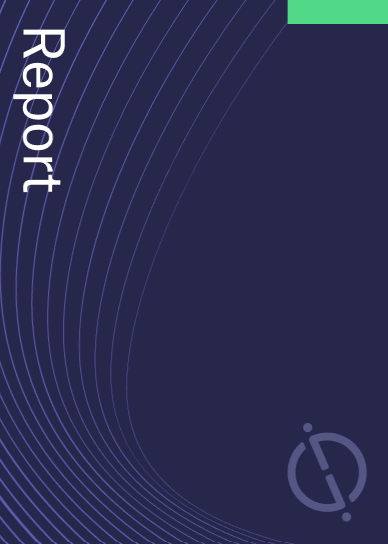Siemens had 42 patents in robotics during Q3 2023. Siemens AG filed several patents during Q3 2023. One patent describes a method for trajectory planning in a medical robot system, allowing independent movement of different components. Another patent involves a method for detecting the level of liquid in a container using multi-point filtering. A third patent involves configuring a control agent using training data to optimize performance values of a technical system. The fourth patent involves monitoring medical interventions and examinations by evaluating sensor data to recognize stress and negative emotions in medical personnel. Lastly, there is a patent for controlling multiple execution mechanisms by determining dependency relationships and controlling the rotation angles of joints. GlobalData’s report on Siemens gives a 360-degreee view of the company including its patenting strategy. Buy the report here.

Discover B2B Marketing That Performs
Combine business intelligence and editorial excellence to reach engaged professionals across 36 leading media platforms.
Siemens grant share with robotics as a theme is 38% in Q3 2023. Grant share is based on the ratio of number of grants to total number of patents.
Recent Patents
Application: Trajectory planning for a medical robot system (Patent ID: US20230270501A1)
Siemens AG has filed a patent for a method of trajectory planning for a medical robot system. The method allows for independent changes in the pose of different components of the robot system. The initial status of the robot system is determined by measuring the initial values for each degree of freedom. Based on this initial status, position information for discrete reference points of the first component and further reference points of the second component are determined. Using this information, a trajectory is planned to transfer the robot system from the initial status to a target status.
The patent claims describe the method in more detail. Claim 1 specifies that the method is for a medical robot system where the pose of the first component can be changed independently of the pose of the second component. The trajectory planning is dependent on the initial status, position information of the reference points, and further position information. The first component corresponds to a C-arm for X-ray-based imaging or is rigidly attached to the C-arm. The trajectory planning involves controlling the alignment of reference vectors and minimizing angles between vectors in different planes.
Claim 2 specifies that the C-arm can be orbitally rotated about a first axis of rotation and rotated about a second axis of rotation perpendicular to the first axis. These rotations correspond to independent degrees of freedom of the robot system.
Claim 3 describes an apparatus for data processing that includes a processor configured to determine the initial status, position information of reference points, and further position information. The trajectory planning is carried out to transfer the robot system from the initial status to the target status.
Claim 4 is similar to claim 2, specifying that the C-arm can be orbitally rotated and rotated about different axes, which are independent degrees of freedom.
Claim 5 describes a robotic apparatus with a medical robot system that includes an actuator system to change the pose of the first component independently of the second component. A measuring system measures the initial values, and a computing unit determines the initial status, position information, and plans the trajectory. The trajectory planning involves controlling the alignment of reference vectors and minimizing angles between vectors in different planes.
Claim 6 is similar to claim 4, specifying the independent degrees of freedom of the C-arm.
In summary, Siemens AG has filed a patent for a method and apparatus for trajectory planning in a medical robot system. The method allows for independent changes in the pose of different components, and the trajectory planning involves controlling the alignment of reference vectors and minimizing angles between vectors in different planes. The system includes a C-arm for X-ray-based imaging and a patient couch as components.
To know more about GlobalData’s detailed insights on Siemens, buy the report here.
Data Insights
From

The gold standard of business intelligence.
Blending expert knowledge with cutting-edge technology, GlobalData’s unrivalled proprietary data will enable you to decode what’s happening in your market. You can make better informed decisions and gain a future-proof advantage over your competitors.




